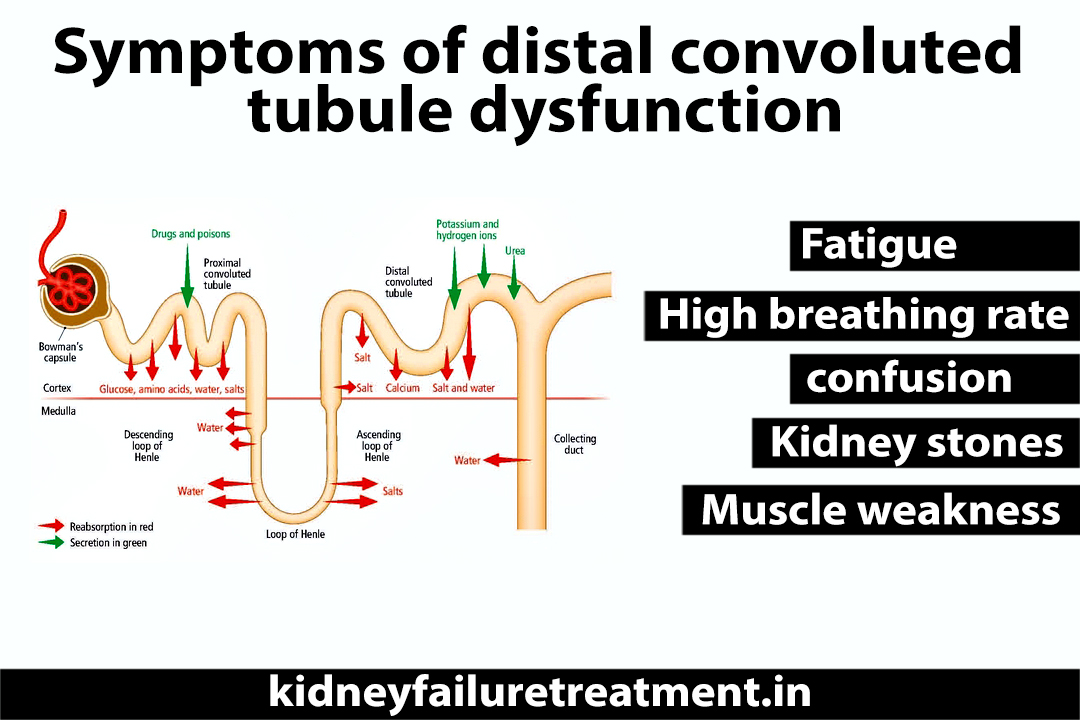What Is Sodium Calcium Exchanger Distal Convoluted Tubule? Dr. Puneet Dhawan

The sodium calcium exchanger distal convoluted tubule is that part of the nephron which regulates the level of potassium, sodium, calcium, and pH. It is located between collecting tubule and loop of Henle. It is a part of kidney nephron and works to maintain the pH by absorbing some agents. It is situated downstream of the macula densa. This “sodium calcium exchanger distal convoluted tubule” is about the length of 5 mm and hence termed to be the shortest part of the nephron.
Functions of distal convoluted tubule
There are many important functions performed by sodium calcium exchanger distal convoluted tubule. It reabsorbs the sodium chloride, secrets potassium, handles magnesium and calcium. The recent studies highlighted that how the distal convoluted tubule regulates different process at the molecular level. Here are the functions performed by distal convoluted tubule:
- It controls or balances the level of water, acid, base and potassium.
- This part gets controlled by two hormones antidiuretic hormone (ADH) and aldosterone.
- When the blood turned more acidic, the sodium calcium exchanger distal convoluted tubule works to manage the Ph. This happens with the help of hydrogen ions (H+).
Symptoms of distal convoluted tubule dysfunction
Being an important part of the nephron, “sodium calcium exchanger distal convoluted tubule” needs to be away from any damage. The distal convoluted tubule dysfunction found to be linked with major symptoms mentioned below:
- Fatigue
- High breathing rate
- Less alertness or confusion
- Kidney stones
- Muscle weakness
- Calcium depositing in the kidney
Causes of distal convoluted tubule dysfunction
- Lupus
- Kidney transplant rejection
- Hereditary deafness
- Urinary tract infection
- Diabetic Nephropathy
- Hyperparathyroidism
Distal convoluted tubule dysfunction can be detected through urine tests, acid load tests, and physical examination. One is advised to go for the early and right treatment once facing the symptoms mentioned above. This dysfunction is also linked with the kidney diseases which can create a situation of kidney failure for any person. Many of the kidney diseases related becomes a threat due to improper treatment and late diagnostic. “sodium calcium exchanger distal convoluted tubule”.
Why is Ayurvedic treatment better than Allopathic treatment?
As we had explained the complications and health hazards of distal convoluted tubule dysfunction, it is important to know about the right treatment now. Today, the people are moving towards the allopathic treatment for kidney diseases which drives them straightly to kidney transplant or dialysis treatment. These treatments further include many risks that are very difficult to handle. Whereas, the allopathic treatment doesn’t let you face any side effects as the medications work on the root cause of the disease.
What does Karma Ayurveda offer you?
Karma Ayurveda offers you the natural and herbal medications which don’t carry any side effects at all. Running as the leading ayurvedic institution since 1937, Karma Ayurveda had earned the belief of 35000+ patients. Dr. Puneet Dhawan, who is taking the institution within reach of a number of kidney patients, is aimed to give a permanent and affordable solution to all. Here, the patients get advice about the right medications and diet which contributes to the complete restoration of the damaged part. “sodium calcium exchanger distal convoluted tubule”.
